10 Dreaded Japanese Fighter Planes of World War 2
Read more: http://www.bukisa.com/articles/298451_10-dreaded-japanese-fighter-planes-of-world-war-ii#ixzz0yYJzEKVp
Despite Japanese disappointments at sharing the helm of a would-be world domination with the Germans/Nazis, we couldn’t help but be caught in awe considering their disciplined, regimented, ingenuity to assemble their best armies and equally unrivalled technology to measure up to that ambition. We knew Japanese samurais as one of the best warriors of the world, perfecting the art of making razor sharp swords which could cut a fallen feather that strikes the edge of the blade for centuries. What the world has less anticipation was meeting these warriors honed to kill and sacrifice their lives to change the course of war. More to that was the worst nightmare of all, these warriors shifted their metallurgical mastery of sword making to aviation and learned to build and fly planes and wouldn’t stop at anything even out of bullets to fire on board machineguns by colliding head on with their targets just to accomplish their mission.
Below were 10 best fighter planes from the arsenals of the Imperial Japanese Army Air Force and the Imperial Japanese Navy Air Service, which have undoubtedly done their part in the Second World War wreaking havoc and terror at the fleet of the Allied Forces and member countries.
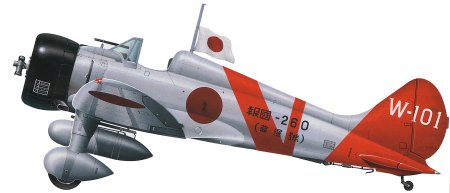
Mitsubishi A5M Claude
This aircraft was one of the first Japanese carrier-based fighters. First introduced in 1937, it was actually the ancestor of the more famous and refined Mitsubishi A6M Zero. This type of aircraft has reached 1,094 built until the end of World War II.

Nakajima Ki-27 Nate
The Ki-27 was the main fighter aircraft of the Imperial Japanese Army Air Force till 1940. Like the A5M it was also introduced in 1937 but production carried on until about 3,368 units were built until the end of the war.
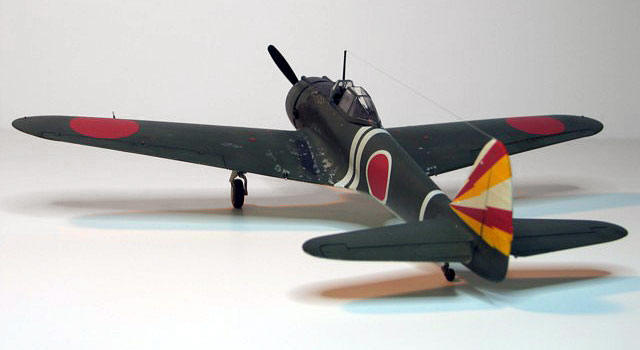
Nakajima Ki-43 Hayabusa
Introduced in 1939, the Ki-43 Hayabusa (Peregrine Falcon) was a single engine land based fighter for the Imperial Japanese Army Air Force in World War II. This type of aircraft was credited for most shot down enemy aircraft than any other Japanese fighter aircraft in the Imperial Japanese Army Air Force inventory. Total production reached 5,919 aircraft most of which served kamikaze missions against the American fleet.
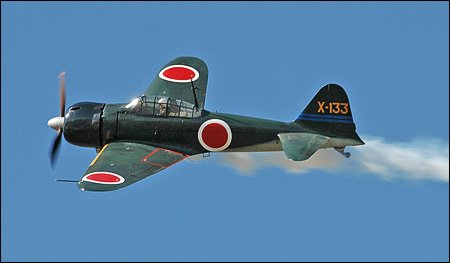
Mitsubishi A6M Zero
Originally designed as a carrier-based long range fighter aircraft for the Imperial Japanese Navy Air Service from 1940 to 1945 it was known as the best carrier fighter in the world. Combining excellent maneuverability with its long range capability, this aircraft was one of the most feared fighters in the Japanese arsenal. Considering its unrivalled performance from its inception, it was the most produced aircraft type reaching 11,000 units produced until 1945.
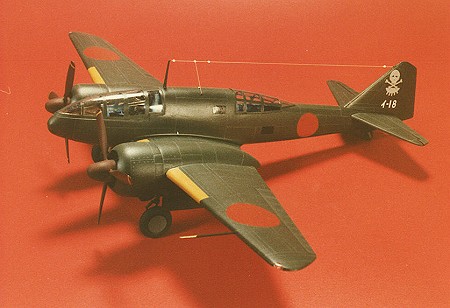
Mitsubishi Ki-46-III-Kai
The Ki-46 was a twin engine reconnaissance platform utilized by the Imperial Japanese Army during World War II. First flight took off in 1939 but active service started in 1941. A total of 1, 742 Ki-46 were produced through the span of World War II, reaching 3 versions such as the training model, the reconnaissance version and the interceptor/nightfighter version.

Nakajima Ki-44 Shoki
The Ki-44 was first flown in 1940 and entered active service in 1942. Used as a single engine fighter, it gained recognition for bringing down most B-29 Superfortress. The Ki-44 reached 1,225 units built during the war.
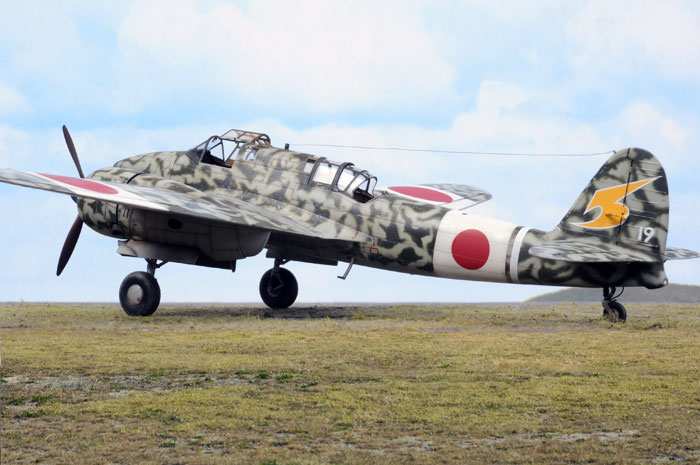
Kawasaki Ki-45 Toryu
The Ki-45 Toryu was a two seat, twin engine fighter used by the Imperial Japanese Army during the war. Initially influenced by heavily armed twin engine German fighters like the Bf 110 in Europe, the Imperial Japanese Army had their version on the Ki-45. It filled up the role as a bomber escort, ground , ship attack and reached a production of 1,675 in all versions during the war.

Mitsubishi J2M Raiden
The J2M Raiden was a land based fighter designed by Jiro Horikoshi, the designer of the A6M Zero. Intended as a local interceptor tasked to intercept high altitude bomber raids, this aircraft reached only 621 units produced.
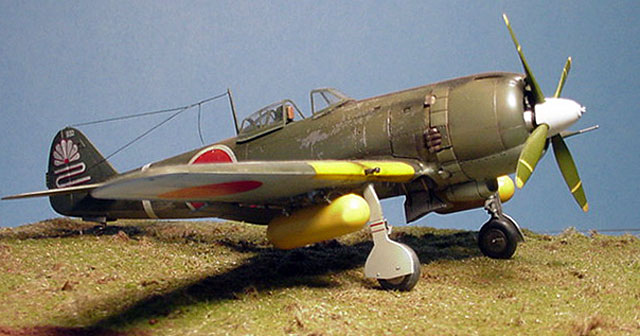
Nakajima Ki-84 Hayate
The Ki-84 was a single seat fighter that claimed victories for the Japanese out of its excellent performance and maneuverability. Reaching 3,514 units in production, later productions were compromised owing to poor quality of worksmanship and poor training of pilots that caused much casualty on the aircraft and crew.
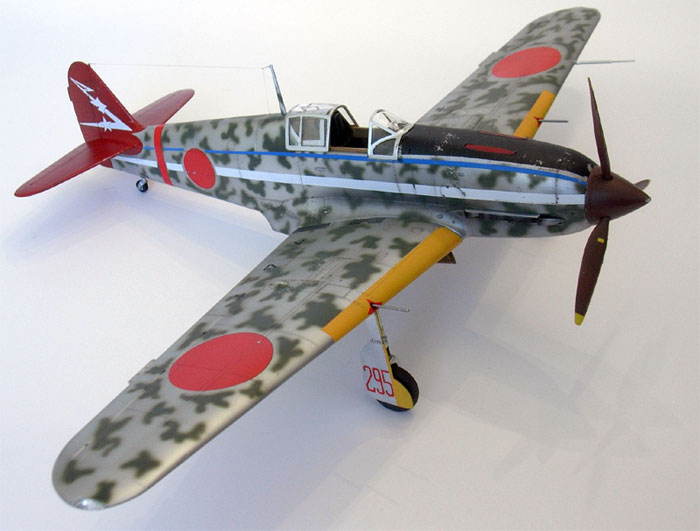
Kawasaki Ki-61 Hien
The Ki-61 has seen only action in 1945 after its introduction in 1943. Regarded as one of the most well designed aircraft, it’s entry on the scene makes it the only Japanese fighter to utilize a liquid cooled, inline V engine. A total of 3,159 Ki-61 were built which shows refined aerodynamic surfaces probably influenced by sleek, streamlined, US and German built fighters at the near end of World War II.

